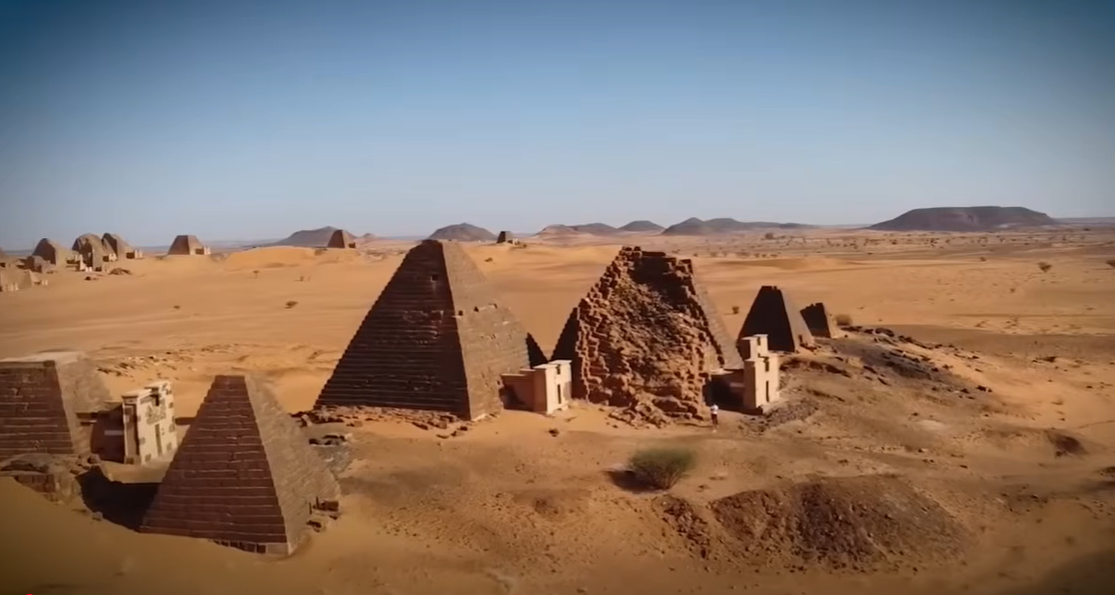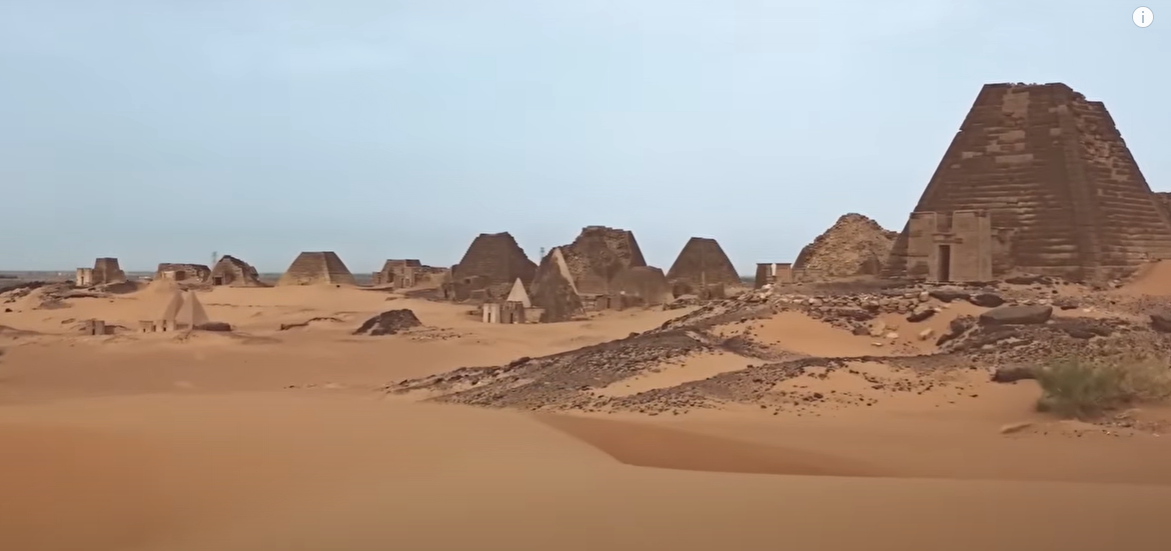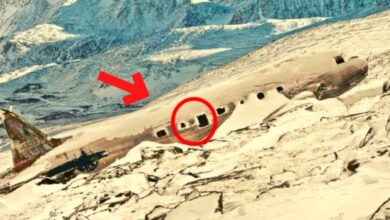Researchers Discovered Pyramids In The Desert That ARE NOT Egyptian!

When we think of pyramids, our minds immediately journey to Egypt and the majestic Giza Plateau. However, long before Egypt’s grand monuments, another civilization to the south erected pyramids that have endured for millennia. Welcome to Meroë, an ancient city in modern-day Sudan, where over 200 pyramids quietly guard their secrets in the vast expanse of the Sudanese desert. These steeply angled structures, built by the Kingdom of Kush, are unlike Egypt’s pyramids and tell a story of innovation, power, and mystery.
The pyramids of Meroë were constructed between 300 BCE and 350 CE, during the height of the Kushite Kingdom’s influence. While Egyptian pyramids served as grand burial sites for pharaohs, Meroë’s pyramids were designed for nobles, queens, and princes.
The Kingdom of Kush, a dominant force in northeast Africa for nearly a thousand years, was not merely an extension of Egyptian culture. It thrived independently, blending Egyptian symbolism with deeply rooted African traditions. The walls of Meroë’s tombs are adorned with hieroglyphs and carvings depicting distinctly African faces, underscoring the region’s rich cultural identity.
Meroë’s advancements extended beyond architecture. The kingdom mastered ironworking, establishing furnaces to produce tools and weapons, and developed a sophisticated water management system to control the seasonal flooding of the Nile. These achievements positioned Meroë as a hub of trade and innovation. Yet, its pyramids pose numerous unanswered questions. How did the Kushites transport massive stones, some weighing several tons, across unforgiving desert terrain without advanced tools? Why did this civilization embrace pyramid-building at all?

Recent theories suggest that the inspiration for pyramid construction may have originated in Sudan, challenging the long-held belief that Egypt pioneered this architectural form. Older burial mounds, dating back to the 8th century BCE, may have evolved into the iconic pyramids of Meroë, raising the possibility that Kushite culture influenced Egypt rather than the reverse.
The mysteries surrounding Meroë deepened with its decline. Unlike the preserved pyramids of Egypt, many of Meroë’s structures were defaced, their smooth limestone casings stripped away. Was this the result of Roman forces seeking to erase the kingdom’s legacy, or internal conflicts? Adding to the intrigue are whispers of lost treasures and knowledge buried beneath the sands, waiting to be uncovered. Could Meroë’s legacy challenge everything we thought we knew about ancient history?
Equally enigmatic is the story of Timbuktu, another city shrouded in legend. Nestled on the edge of the Sahara Desert, this once-thriving center of trade and scholarship flourished during the 14th and 15th centuries under the reign of Mansa Musa. Renowned for its wealth, Timbuktu also became a beacon of knowledge, housing thousands of manuscripts on subjects ranging from astronomy to medicine.
Timbuktu’s rise as an intellectual hub defied its harsh desert environment. Scholars traveled with caravans, transforming the city into a melting pot of ideas. Its libraries preserved texts that contained advanced mathematical concepts and astronomical observations, many of which seemed far ahead of their time. Yet, much of this knowledge has vanished. Entire collections were raided or lost, and surviving manuscripts remain scattered in private collections, deteriorating from neglect.
Archaeologists have also uncovered ruins near Timbuktu, suggesting the city was part of a larger interconnected civilization. Massive stones, transported from quarries miles away, point to remarkable engineering feats that remain unexplained. Why would a city so rich in wealth and knowledge fall into decline? Environmental changes, shifting trade routes, and external forces may have played roles, but whispers of conspiracy suggest that jealous powers sought to suppress its legacy.
Legends of hidden treasures beneath Timbuktu persist, but the greatest treasure may be its lost knowledge. What if its manuscripts held advanced technologies or philosophies that could have altered the course of history? As new archaeological methods uncover buried sections of the city, the mysteries of Timbuktu and Meroë continue to challenge our understanding of the ancient world.
These civilizations were more than relics of the past—they were testaments to human ingenuity and ambition. As the sands shift over these ancient cities, they may yet reveal secrets that could reshape history as we know it.








